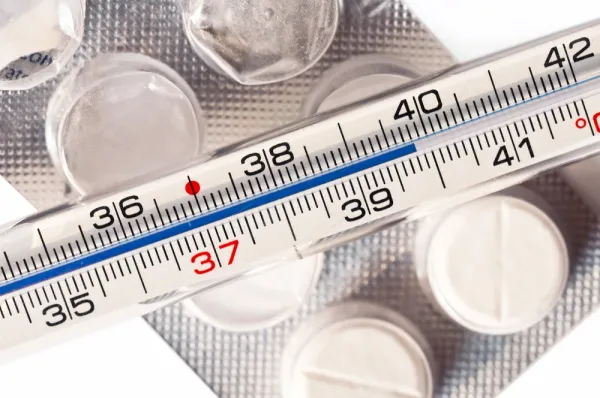This Angioplasty Q&A Makes Tackling New CPT® 2017 Codes 37246-37249 A Breeze

Uncover the secret to know which vessels go with which codes.
If you’ve already started using the new angioplasty codes this year, you may have noticed some funny business that makes your job pretty confusing.
Which Vessels Do 37246 to +37249 Indicate?
The descriptors for new 2017 angioplasty codes 37246 to +37249 tell you which vessels the codes do not apply to. If that leaves you wondering which vessels the new codes do apply to, you aren’t alone.
Here are the codes with the vessel exceptions underlined:
The AMA CPT® Index’s “Angioplasty” entry lists artery codes 37246 and +37247 for these vessels:
The Index also lists the codes under the entry for “Angioplasty Tibial/Peroneal, Balloon,” but another code you’ll find in the Index under “Tibial/Peroneal” is 37228 (Revascularization, endovascular, open or percutaneous, tibial, peroneal artery, unilateral, initial vessel; with transluminal angioplasty). So watch for when occlusive disease treatment codes from 3722x are more appropriate for the tibial or peroneal angioplasty.
The descriptors for vein codes 37248 and +37249 list only the dialysis circuit as excepted vessels, but it may be helpful to know that the vein codes appear in these “Angioplasty” entries:
May I Code Catheterization Separately?
“Just like the existing codes for peripheral intervention (excluding lower extremities and carotids), you can also code the selective and/or nonselective catheter placements with these new interventional codes,” says Terry A. Fletcher BS, CPC, CCC, CEMC, CCS-P, CCS, CMSCS, CMCS, CMC, ACS-CA, SCP-CA, healthcare coding educator, auditor, and management consultant of Terry Fletcher Consulting.
The CPT® guidelines list 36005, 36010-36012, 36200, 36215-36218, and 36245-36248.
“Make sure the report narrative is clear on where your physician started (access) and where they ended up (end cath placement) to code correctly for these services,” Fletcher adds.
How Do I Code Angioplasty in Connecting Vessels?
How you code for services in connecting vessels depends on the number of lesions and the number of interventions required.
If there are distinct lesions in distinct vessels, report these as distinct services. For instance, if an encounter involves treating one lesion in one vessel and two lesions in another vessel, you’ll report a primary code for the initial vessel followed by an add-on code for the additional vessel, such as 37246, +37247.
But if a single lesion crosses from one vessel into another and the surgeon uses just one intervention to treat it, then code as if you’re reporting a service in a single vessel.
May I Also Report Thrombectomy and Thrombolysis?
“If the physician also performs a mechanical thrombectomy (e.g., Angiojet catheter), then that can be captured with the codes 37184-37188” in addition to these new angioplasty codes, Fletcher says, citing CPT® guidelines.
Reminder: Aspiration thrombectomy is not the same as mechanical thrombectomy, Fletcher says. The guidelines specifically reference mechanical thrombectomy as separately reportable. A typical mechanical system involves a foot pedal and motor. Manual suction aspiration using a syringe is not the same as mechanical.
Infusion: If documentation shows “thrombolytic therapy ‘infusion,’ typically overnight (e.g., TPA), then that can be captured with codes 37211-37214. If there is just a thrombolytic ‘injection’ with any mechanical thrombectomy, that [injection] is not reported separately,” Fletcher says.
Being able to distinguish the services (aspiration vs. mechanical, infusion vs. injection) is crucial to your ability to capture the right code, Fletcher says.




